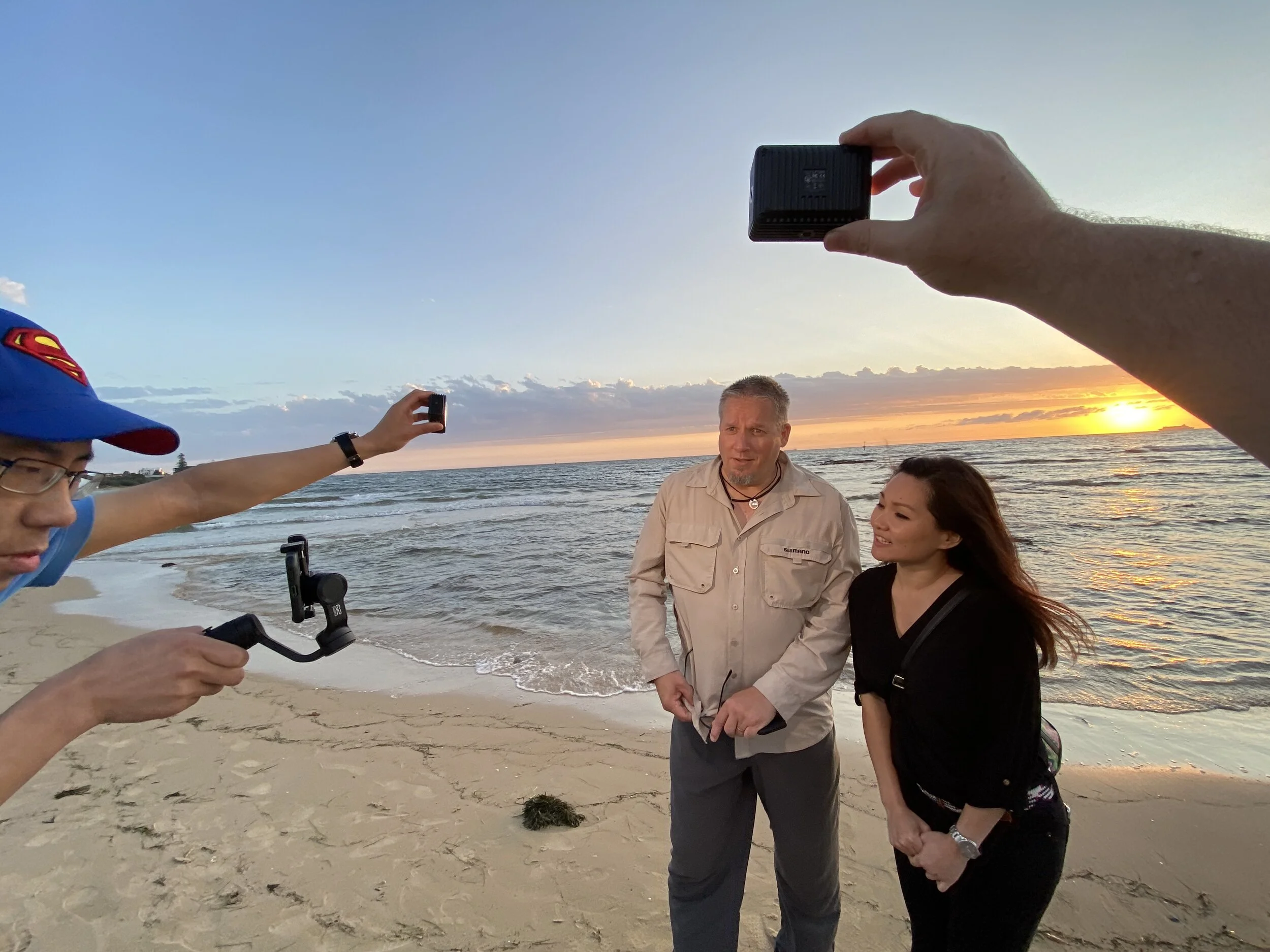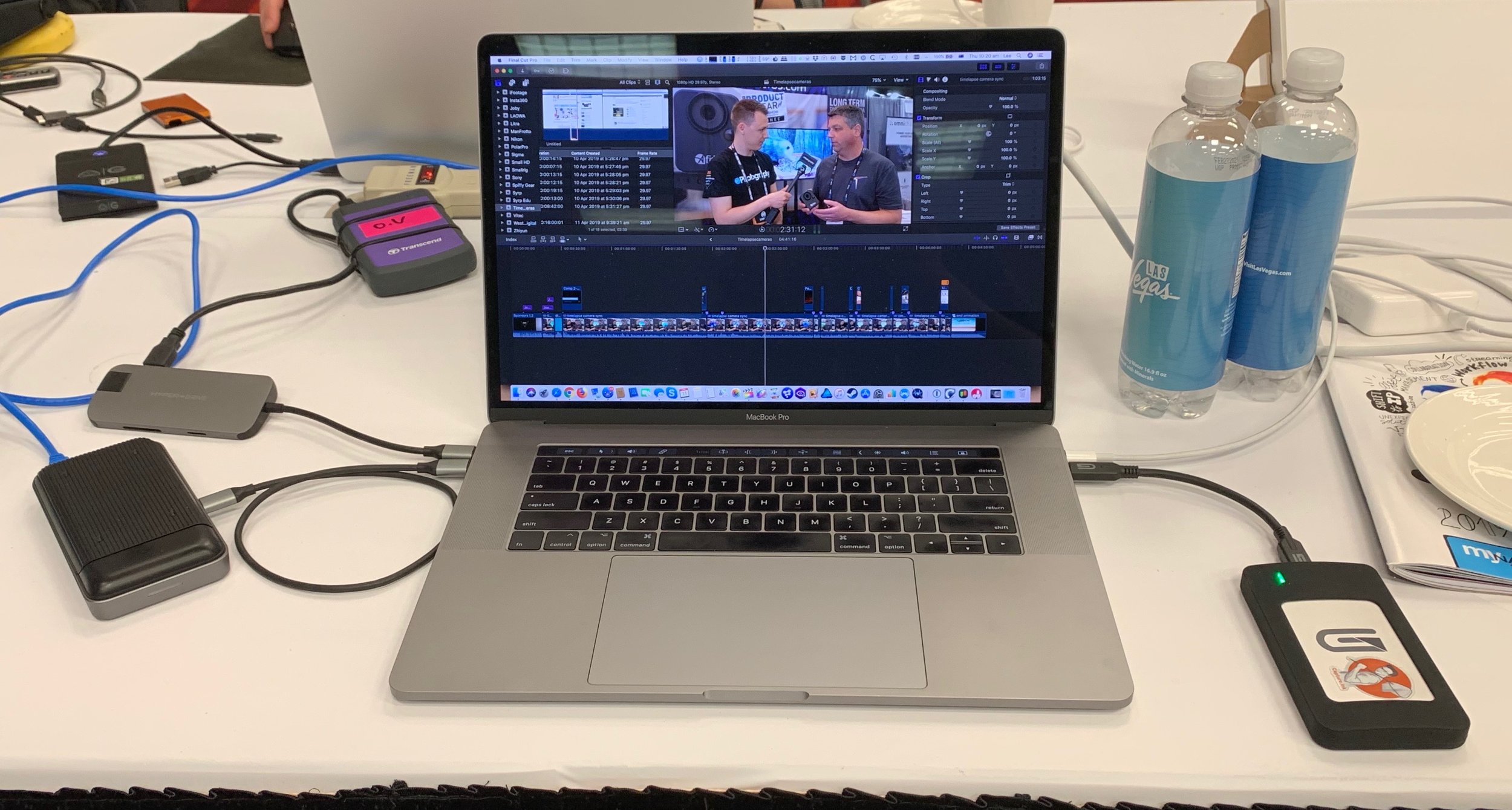I’d been eyeing up these Atom drives for a while, but they are pricey. So, when they went on sale, I grabbed one to see if they could be as good as I suspected. Read on to find out how it performed.
Something that is becoming absolutely essential for all video editors these days is larger and faster storage. As 4K video and Raw video become more the norm. They used to be something you work with on one or two projects per year. It’s becoming more and more important and necessary for even a basic setup.
ATOM 4TB SSD RAID
The Atom Raid is a SSD hard drive made by Glyph. The drive is designed to be one of the fastest units in its class. The 4TB SSD is said to give you up to 950MB/s which is fast, very fast. It does also come in 1TB and 1TB models.
For the last year or so I’ve been using the Samsung T5 SSD drives and they’ve been great, but the problem is that they only go up to 2TB. I’m sad to admit that 2TB just isn’t enough anymore for some of the projects that I’m working on. Since I started shooting a lot more ProRes RAW footage, almost all of my projects go larger than 2TB.
So I needed something portable, bus-powered, fast, and larger than 4TB. Enter the Atom Raid. You see, Raid is how Glyph manages to get you a 4TB drive in a single enclosure. They actually have two SSDs in there that are striped at Raid 0. This mean your computer sees them as though they are a single drive and it is FAST!
SPEED
I only got the “up to 950MB/s” when I first plugged it in, as most drives will slow down a bit once you start putting data on them and, well, using them. The Atom slowed down to giving me 850MB/s on average, which is not too shabby I am sure you’ll agree.
It connects via an included USB-C cable and also comes with a USB-A to USB-C cable for those who don’t have USB-C yet.
So, it’s got lots of storage and it’s fast, but why else am I gushing so much about it?
It has no fan, so it makes no noise, which is handy when you’re editing video and don’t want to be distracted by fan noise. Even without a fan, it stays relatively cool. It does get warm, but never hot. I tested it recently as my edit drive when editing all the stories you would have read from DIY’s NAB 2019 coverage. It was being slammed hard all day for four days straight and it never missed a beat or got too warm that I couldn’t pick it up, put it in my pocket at the end of the day and head out.

















